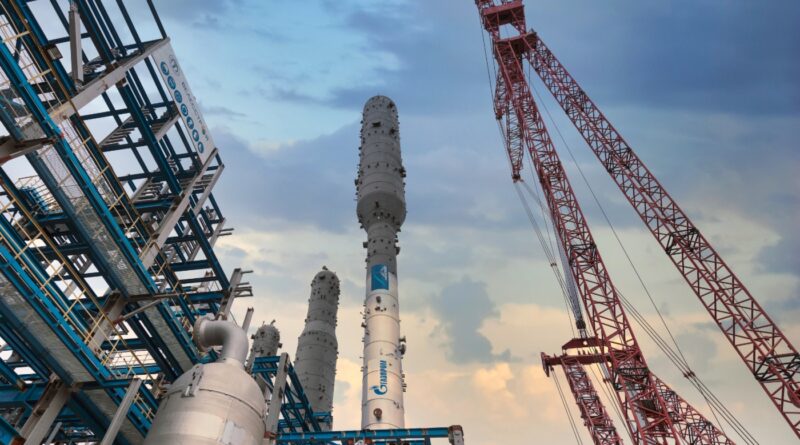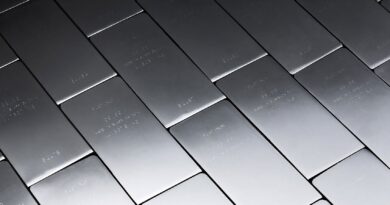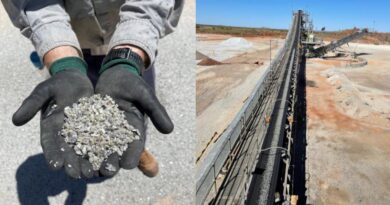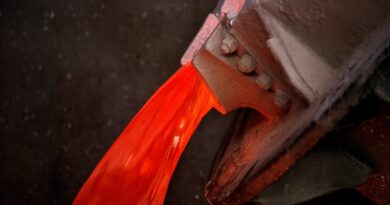Energy transition is mineral intensive, requiring focus on sustainability
As the technological solutions needed to combat climate change are scaled up, there is a growing emphasis on the need to ensure that the critical minerals required are supported by manufacturing processes and supply chains that are ‘circular’.
The circular economy advocates designing products to be more durable, repairable and recyclable, maximising the reuse of materials and therefore ensuring they are kept in circulation for as long as possible. It seeks to reduce waste and reinforces the importance of managing impacts and consuming fewer resources to deliver sustainable outcomes, lowering both demand for raw materials and the environmental impact associated with obtaining them.
Platinum – a key metal for the energy transition due to its use in hydrogen fuel cells and proton exchange membrane (PEM) electrolysers – is already recycled. Each year, around 2 moz, or 25 per cent, of platinum supply comes from recycled autocatalysts (80 per cent) and jewellery (20 per cent). Autocatalyst recycling is achieved through a mature industry that has a high collection rate of ‘end-of-life’ catalysts, with over 90 per cent of the platinum group metals in a used autocatalyst recovered.
Recent developments are demonstrating how circularity is being considered as new hydrogen fuel cell and PEM electrolyser production capacity is being added, with metal recovery and recycling plans being built-in across the value chain from design and production to installation and maintenance.
For example, in China, which has limited natural resources in platinum group metals and strongly relies on imports, Johnson Matthey is working with Sinopec to explore possibilities across green and blue hydrogen, fuel cells, decarbonisation technologies and business opportunities in the circular economy.
Meanwhile, BASF and Heraeus are collaborating to help improve resource utilisation for high-tech and other companies that use precious metals, enabling a circular economy solution through the recycling of spent catalysts. The recovered precious metals will be used to make new products for the automotive, chemical, electronics and green hydrogen industries. Both initiatives are helping to ensure a local supply of recycled precious metals for China.
In Europe, which has set challenging green hydrogen production targets as part of its strategy to improve energy independence, Heraeus is working with the German Federal Ministry of Education and Research to develop a recovery and recycling strategy for iridium and platinum in PEM electrolysers. There are a number of specific challenges to be solved when recycling these scarce raw materials, including the return of precious metal-containing end-of-life electrodes from PEM electrolysers, as well as the question of how these electrodes can be processed into recyclable material at the necessary scale. Additionally, the further separation and purification of iridium is highly complex, requiring specialised technologies to achieve the highest possible recovery.
SUPPLY SECURITY
Heraeus’s work highlights how the circular economy gives existing end-users and those developing new technologies reassurance as to the long-term sustainability and security of platinum availability, allaying fears concerning the potential for eventual resource depletion. In addition, circularity contributes towards producers’ own efforts to improve sustainability and lower environmental impact.




